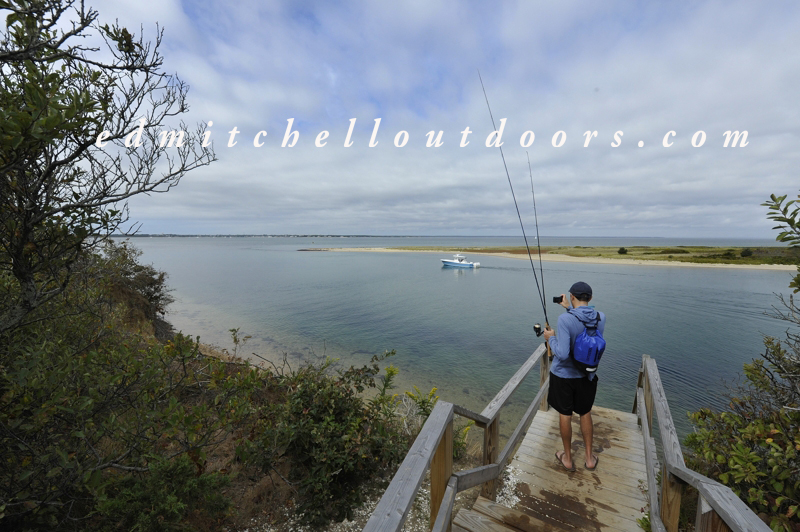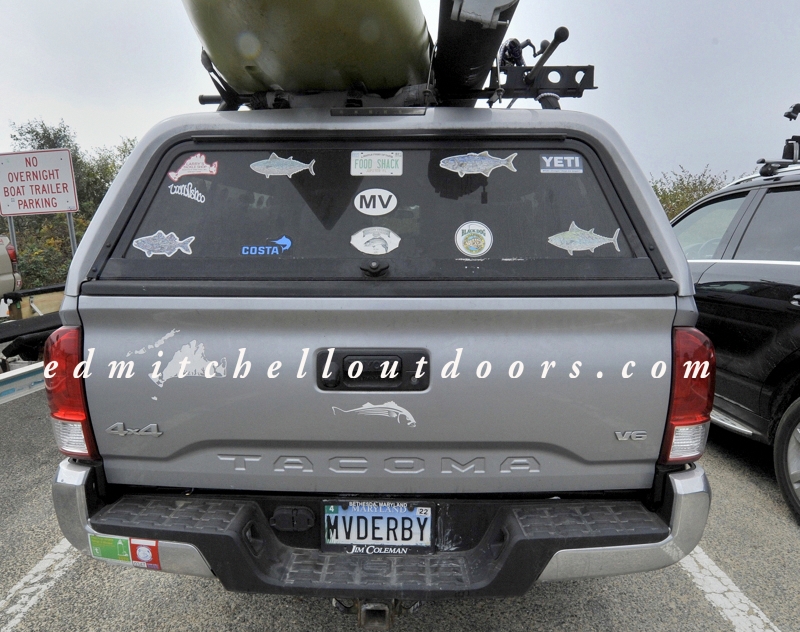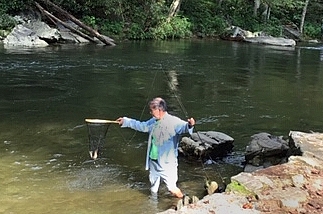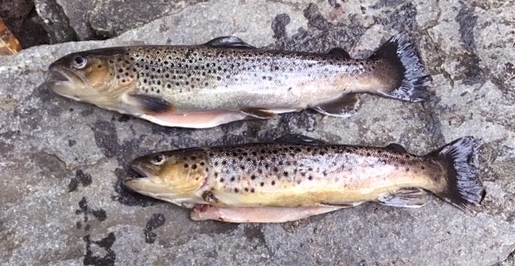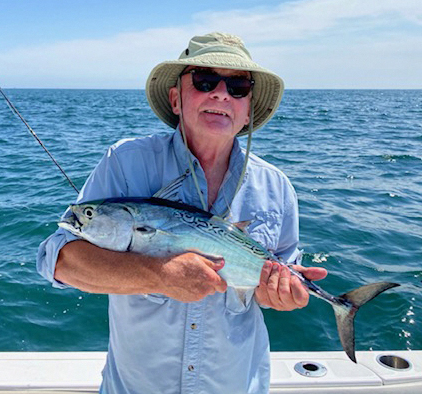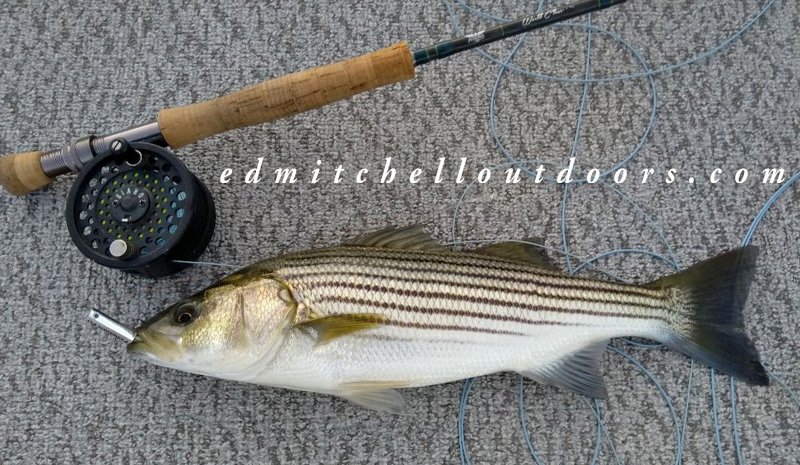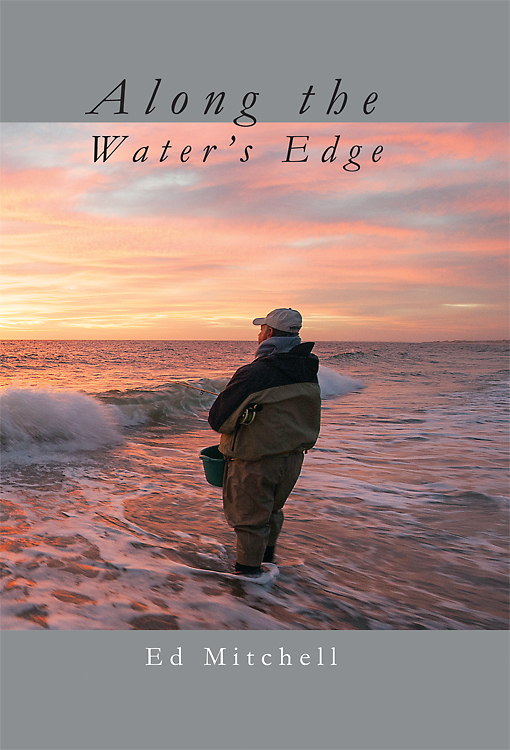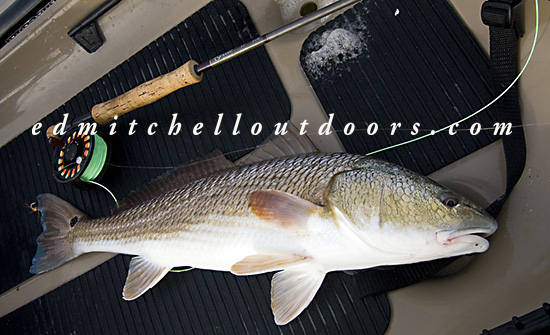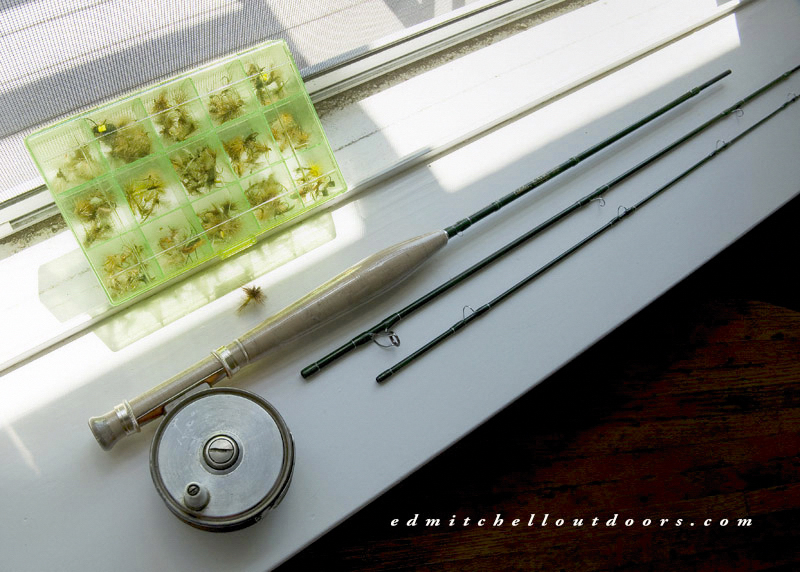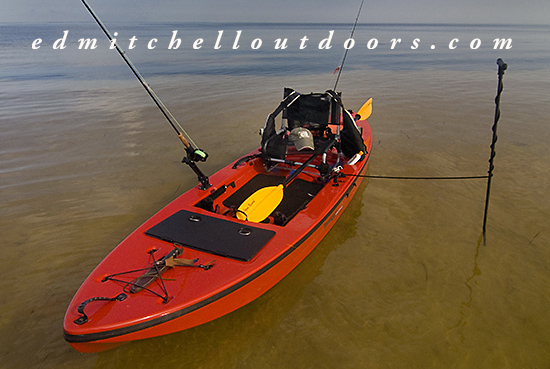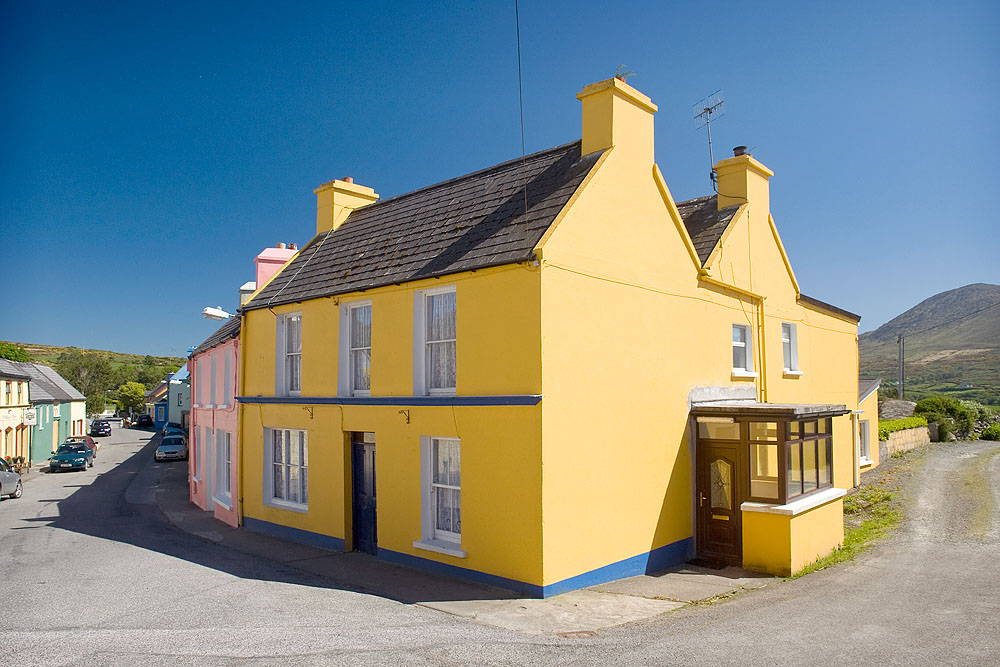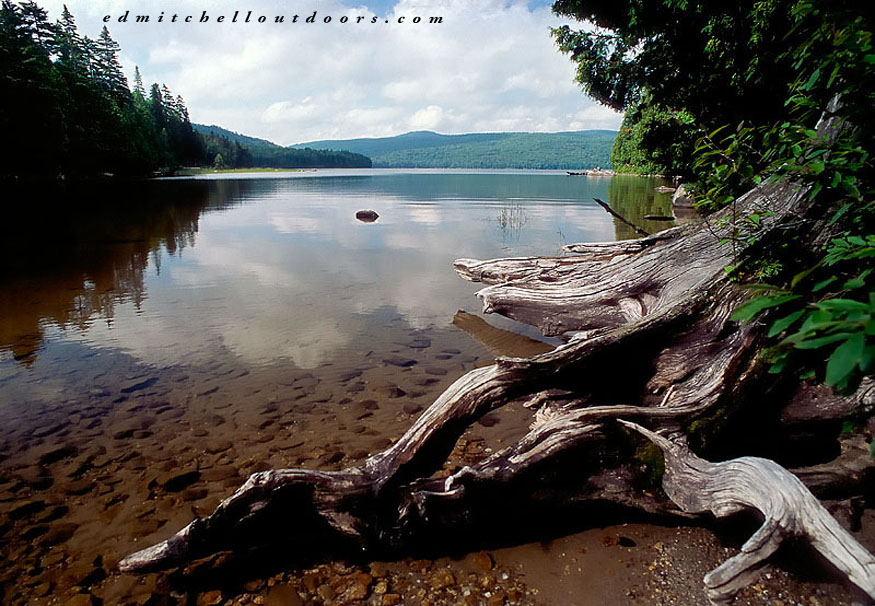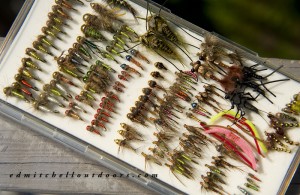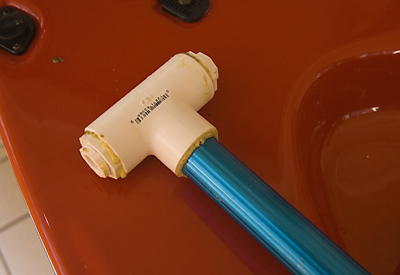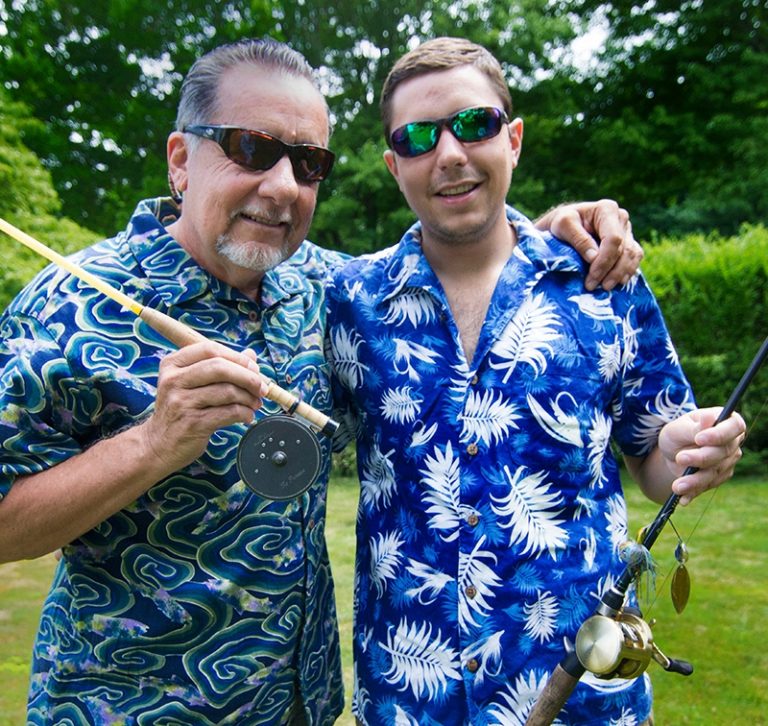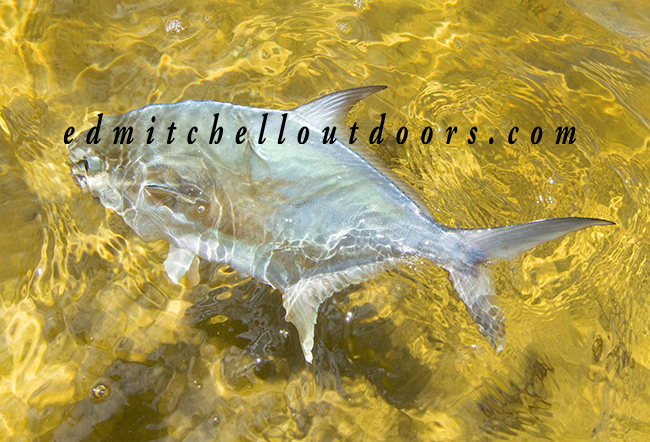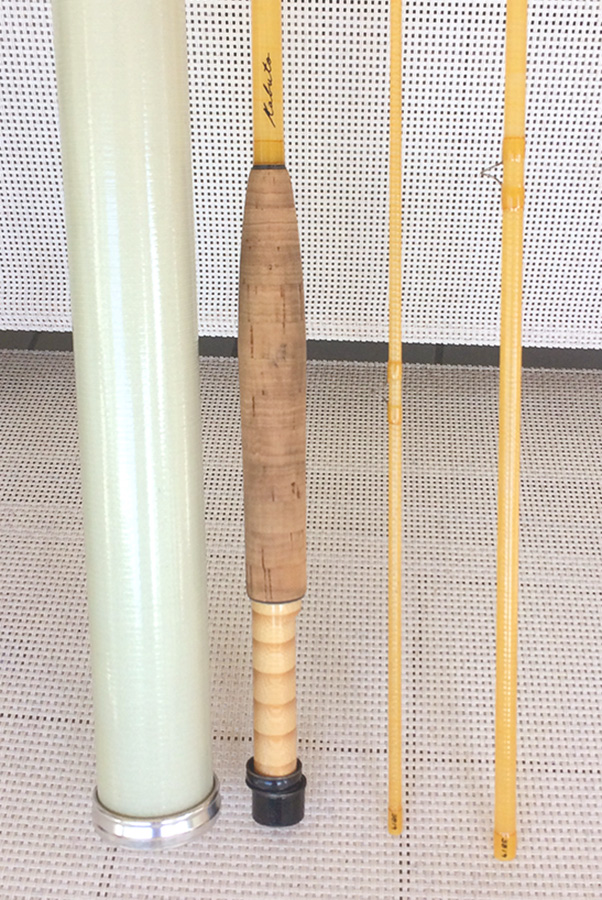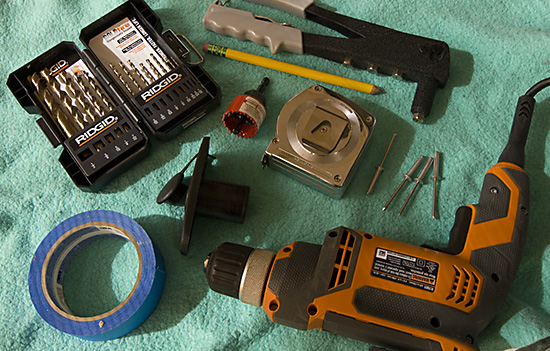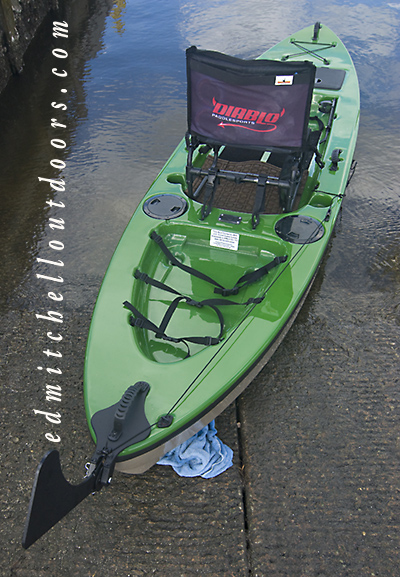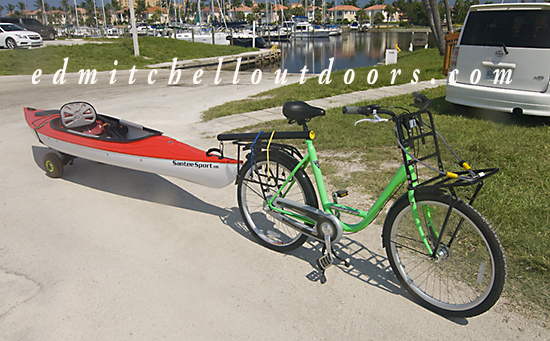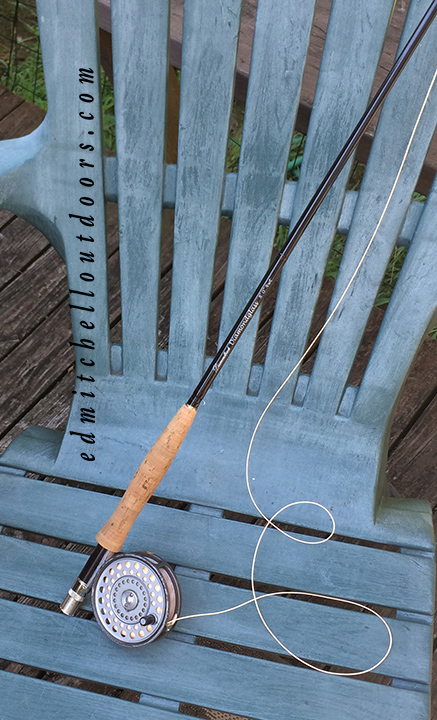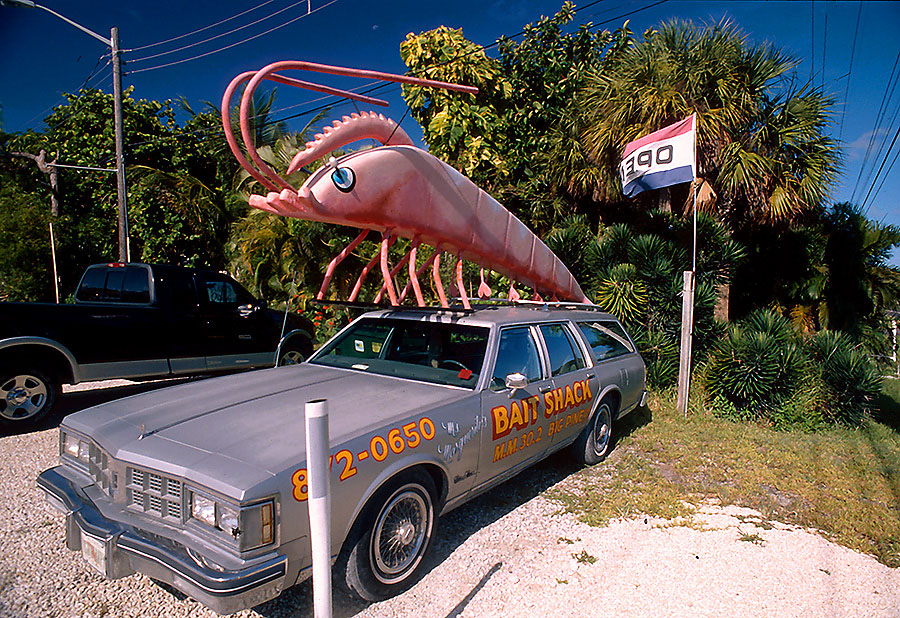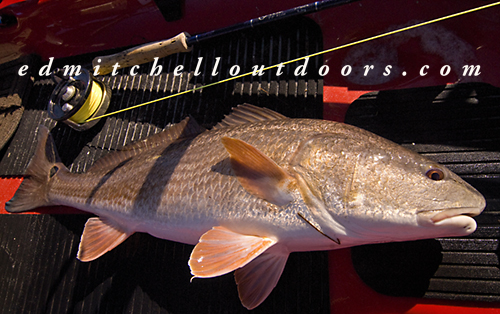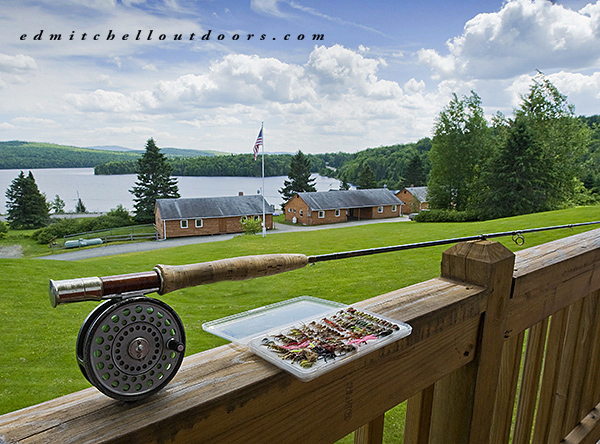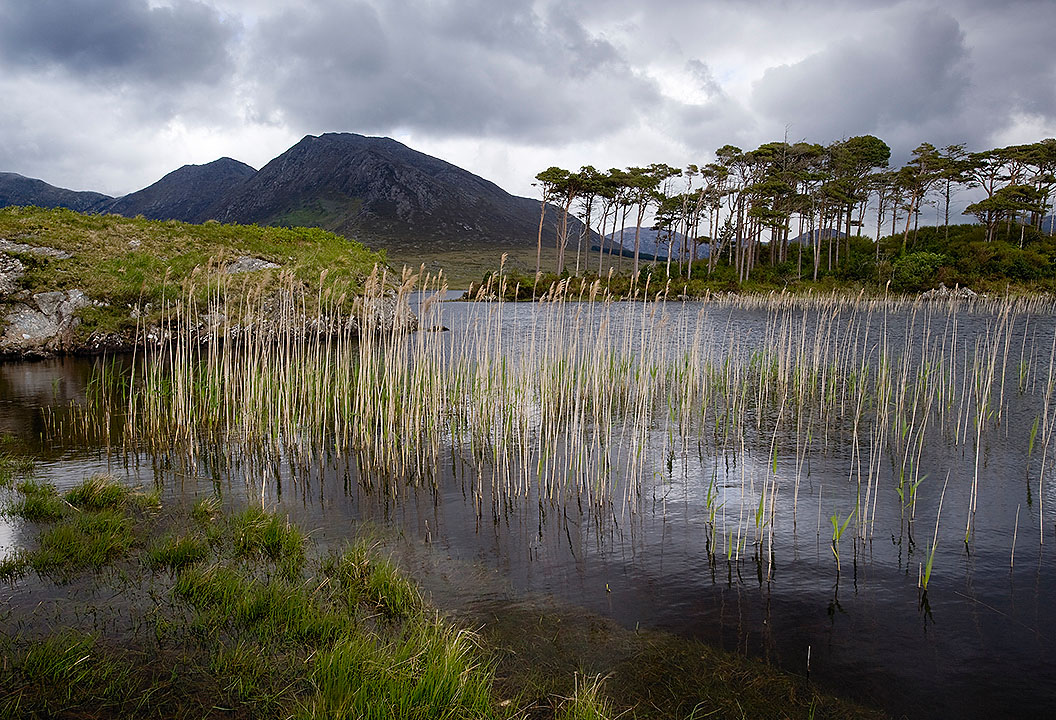Finally autumn is here and the false albacore are around. Last year they made a very poor showing in Long Island Sound. And there has been considerable concern all summer that might be the case again this year. Well amigo things are looking good. Keep your fingers crossed.
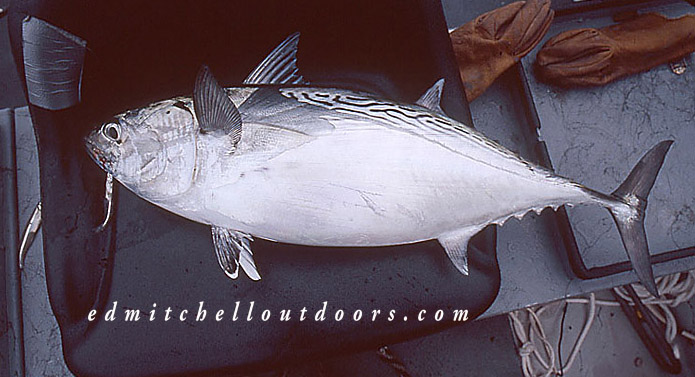
“Albie” from a my Drift boat
The false albacore is like a career criminal; it lives under several aliases. The correct common name is Little Tunny. But you will also hear this amazing fish called an “albie”, an “albacore”, a fat albert”, a “spotted tunny”, a “football”, a “hardtail”, or a “little tuna”. And get this in Florida is known as a “bonito”, which it is definitely not. How’s that list? For you scientific types the little tunny’s latin name is Euthynnus alletteratus. It is a member of the mackerel tribe like all tuna and bonito.

Typical Coloration
The “albie” is both a bluewater and a green water fish – successfully operating both well offshore and in nearshore waters. It is never an ambush style predator. So don’t expect it to be patiently hiding behind a rock waiting to pounce like a striped bass. Rather it lives a blitzkrieg style live, attacking bait at flank speed in broad daylight. Lacking a swim bladder, it can’t simple hover at the surface feeding like say a bluefish. The “albie” is always in motion, often erupting on the surface and then diving only to resurface seconds later.

Release Method
In the pound-for-pound wars, the “albie” is the clearly the strongest fish in Northeast nearshore waters. It will not jump, but it can race off like a rocket peeling line off your reel at an alarming rate, and then duke it out deep in a powerful prolonged battle. Many a rod and many a line has been broken. Yet for all its power, we must handle the “albie” with care. The correct release method is to drop it back in the water straight down, forcing water through its gills. To learn more read this article I wrote many moons ago. Amazing Albies:
